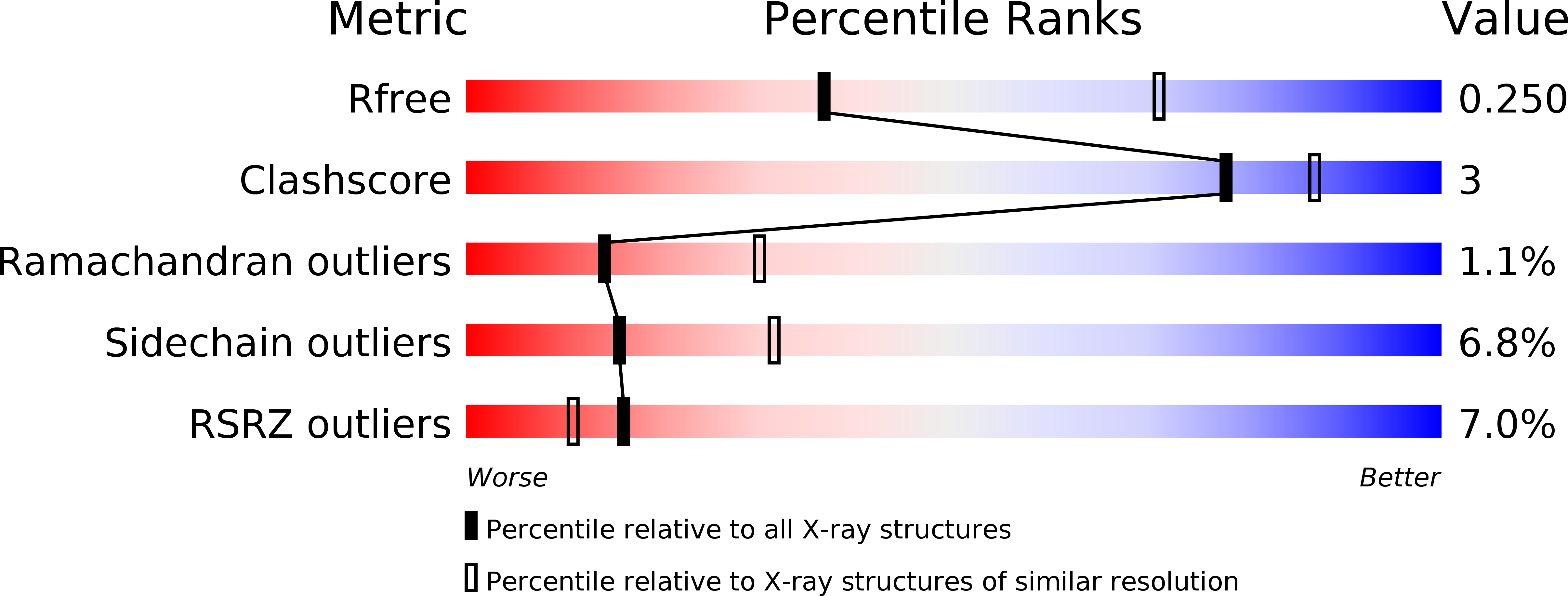
Deposition Date
2019-06-21
Release Date
2019-07-17
Last Version Date
2024-03-13
Entry Detail
PDB ID:
6PFM
Keywords:
Title:
Crystal structure of GDC-0927 bound to estrogen receptor alpha
Biological Source:
Source Organism:
Homo sapiens (Taxon ID: 9606)
Host Organism:
Method Details:
Experimental Method:
Resolution:
2.84 Å
R-Value Free:
0.24
R-Value Work:
0.20
R-Value Observed:
0.21
Space Group:
H 3 2


